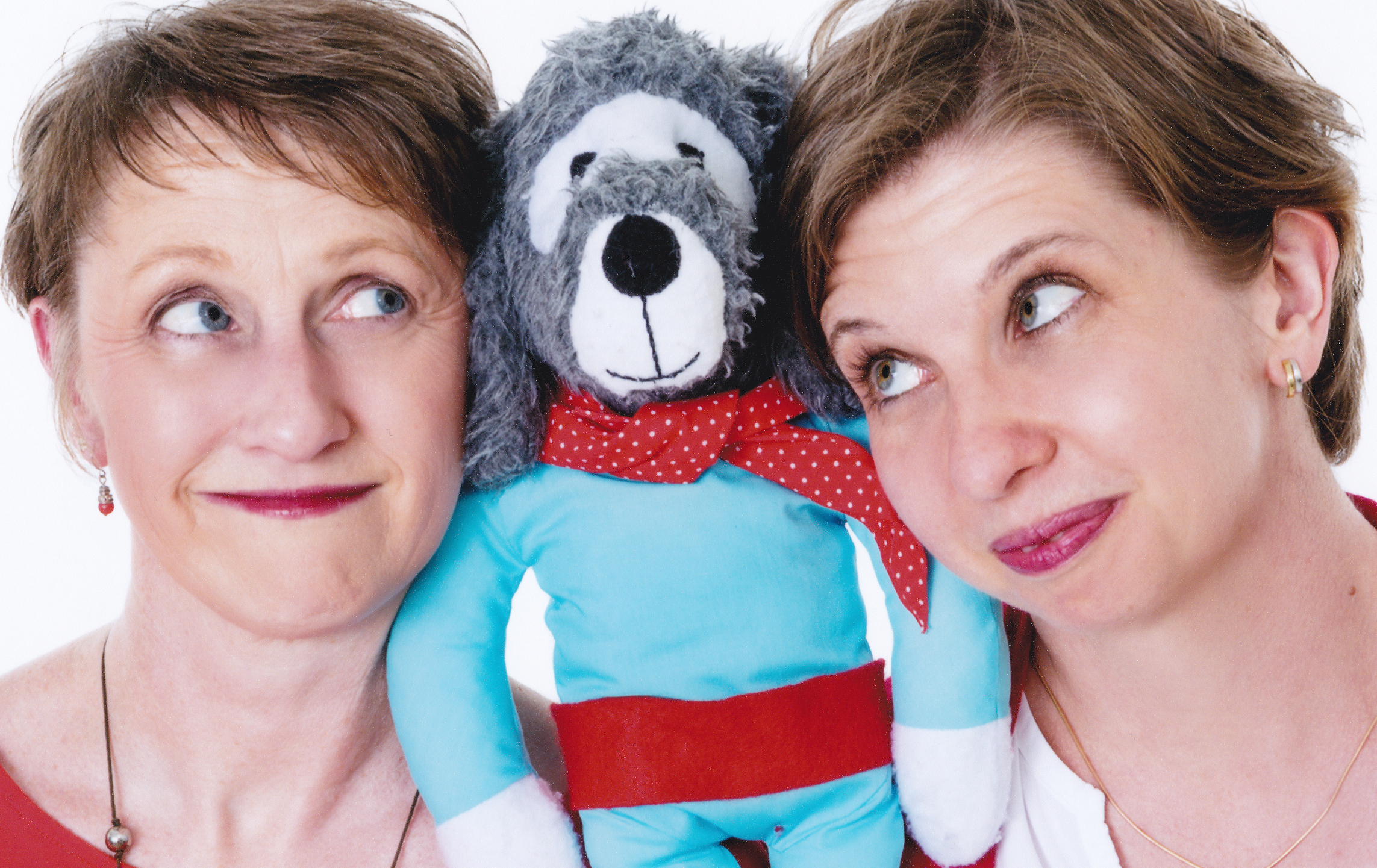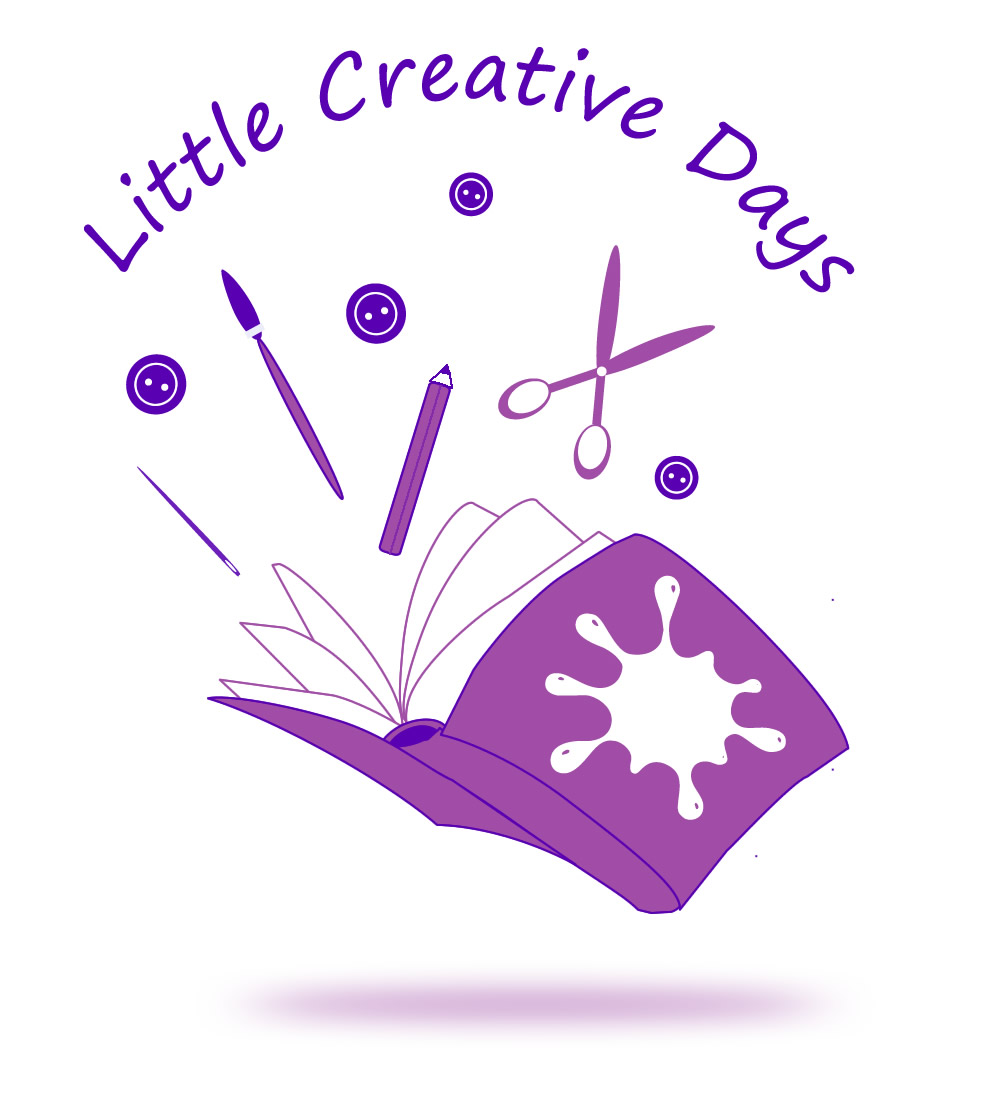Stories, along with creativity, are one of the things that make us human; we can all relate to them because we have evolved to learn that way.
Wherever you go in the world every culture has stories that have been passed down through the generations, which is why they are one of the most versatile and powerful tools we have to help children learn.
Imagine that you’ve been washed up on a desert island. Although they seem friendly, none of the natives speak a word of English and you can’t speak their language. How do you feel? How do you communicate?
This is how a child feels when they’ve moved to this country and English is not their first language. They are in your setting, where everyone is friendly and smiley but there is no one familiar and they can’t understand anything that is going on.
This is where stories and creativity can help because, remember, they form a part of every culture. In fact lots of well-known stories are found in lots of different cultures. For instance, we’ve found at least 14 different versions of ‘Cinderella’, from Chinese to Native American, and there are probably more.
As storytellers have roamed the world they have taken stories and retold them in new ways – we storytellers aren’t ones for reinventing the wheel after all! What this means is that a child in your setting may be familiar with a story or a version of it.
Anyone who has tried to make themselves understood in a foreign country usually resorts to sign language to make themselves understood and as storytellers we need to utilise this too. So to help those with EAL, really exaggerate your body movements to show what is happening in a story. Really ham it up, as though you are going for an Oscar! It will help the child understand the meaning of the words.
Also, get the children to act out a retelling of the story. This is where getting creative can really help. Creating objects to help the children retell the story, whether it’s a puppet or a story box, helps them get involved and take ownership of the tale. A child with a puppet they’ve made is far more likely to join in a retelling of the story because it’s theirs. And, of course, during the making there are lots of opportunities for talking and working with their peers.
During the retelling of the story your role will change, as you will be directing the children to retell the story rather than sharing it yourself. This may mean you doing things as simple as joining in with the noises of the animals, for instance, which is what we do in our ‘Pojo Saves the Rainforest’ story: this helps children to build up important vocal sounds without the spotlight being on individuals.

In our upcoming workshop, using stories and puppets for EAL with storytelling sisters Tonya and Natasha we will teach you how to improve your storytelling for EAL, how to breakdown a story, how to plan the children’s interaction with the story and how to direct the retelling, plus lots of practical ideas you can use in your setting straight away.
So why not join us on the 7 June at the Holiday Inn Express Swindon, right on Jct 16 of the M4. Alternatively, if you can’t join us then we can also run courses in-house at times to suit.

For more details go to littlecreativedays.co.uk or see @LittleCreativeDays on Facebook.

Q&A: Property & Business
Ace-Owner

Discover – Explore – Play!
Ace-Practitioner
